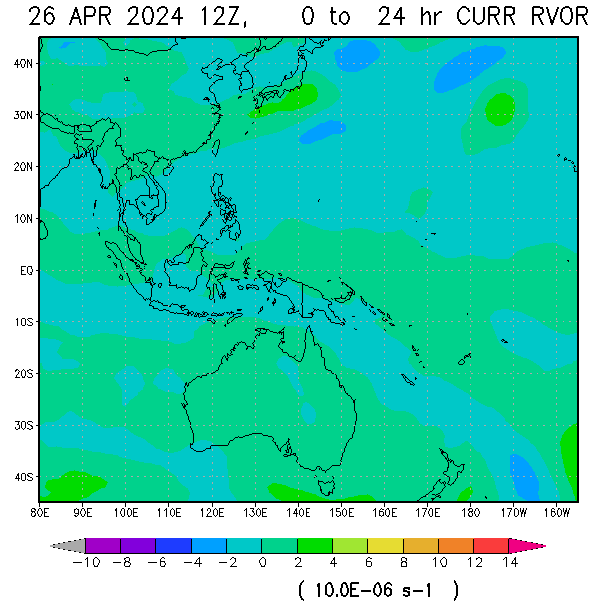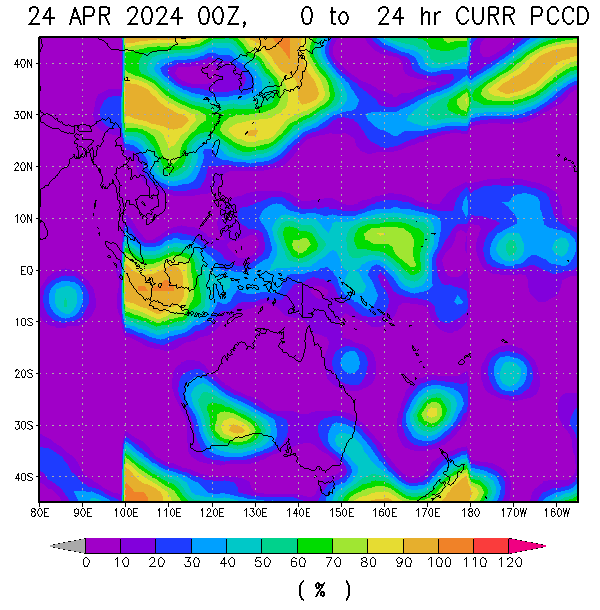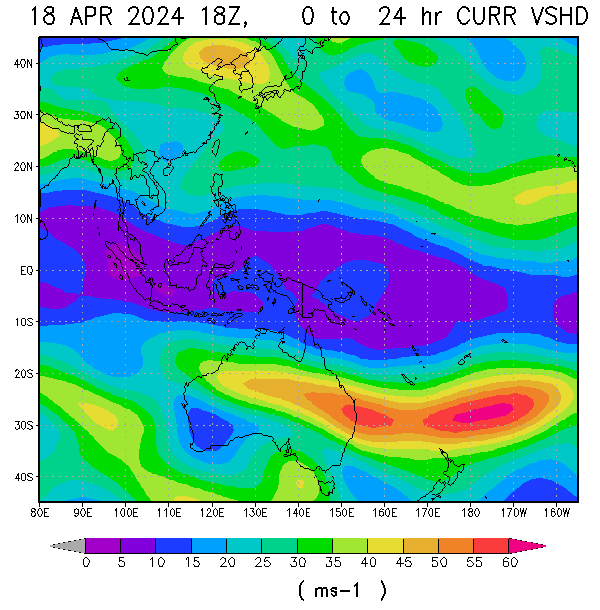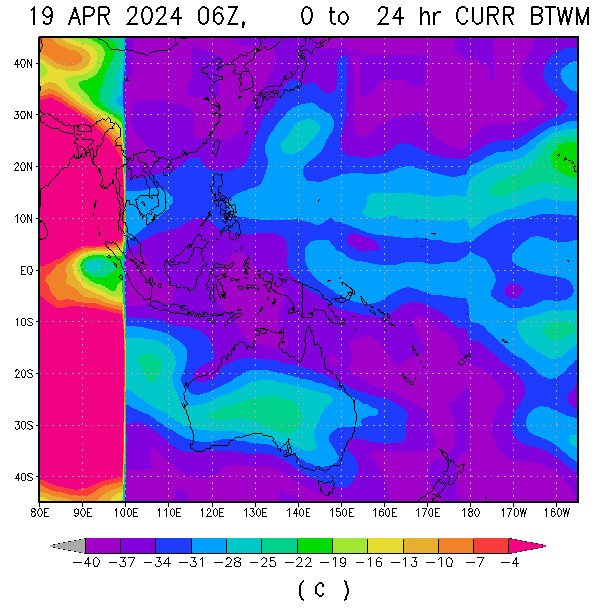


The term Indian Ocean Dipole (IOD) was introduced to denote this basin-wide ocean-atmosphere coupled mode in the Indian Ocean. The positive IOD event is characterized by the strong positive Sea Surface Temperature Anomalies (SSTA) in the tropical western Indian Ocean (50oE-70oE, 10oS-10oN) and the negative SSTA in the southeastern Indian Ocean (90oE- 110oE, 10oS- Eq.). Thus the Indian Ocean Dipole Mode Index (IODMI) is defined as the zonal difference of SST anomaly of western pole from eastern pole.
The Indian Ocean has its own seesaw behavior, the Indian Ocean Dipole. During a so-called positive phase, warmer-than-usual water temperatures in the western Indian Ocean bring heavy rains to East Africa and India and colder-than-usual waters bring drought to Southeast Asia including Philippines. In the negative phase, ocean and monsoonal conditions reverse (colder-than-usual water temperatures in the western Indian Ocean bring drought to East Africa and India and warmer-than-usual waters bring heavy rains to Southeast Asia including Philippines).
The dipole is stronger in September—November and weaker in January—April than in other months and it also appears obviously inter-annual and inter-decadal variations. Although the Indian Ocean dipole in the individual year seems to be independent of ENSO in the equatorial Pacific Ocean, in general, the Indian Ocean dipole has obviously negative correlation with the Pacific Ocean dipole (similar to the inverse phase of ENSO mode). The atmospheric zonal (Walker) circulation over the equator is fundamental to relate the two dipoles to each other.
JUST VOTE OR COMMENT FOR FEEDBACK












No comments:
Post a Comment